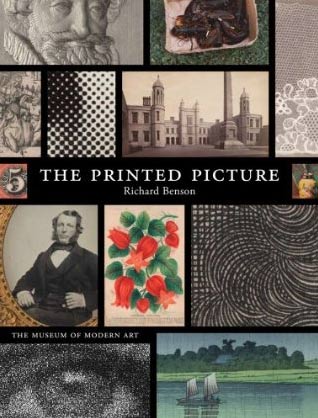Review: The Printed Picture by Richard Benson

The history of photography is filled with attempts to find better ways to get images - taken in (or sometimes to be taken in) some form - onto a carrier, usually paper. The most commonly known cases are images in the form of either negatives (glass or plastic) or digital data, which are then printed using either analog or digital means. The discussions that over the past few years have ensued from this otherwise fairly mundane situation are comparable to those audiophiles used to have maybe twenty years ago (maybe they are still ongoing, who knows?): Do LPs or CDs sound better? Do you need a tube amplifier for “real” sound experience? In the audio case, the “differences” people used to argue about were/are often inaudible, which, of course, only made/makes those discussions more heated.
I personally find a lot of those discussions about whether it’s better to print analog or digital (and especially why one might be better than the other) a bit tiring, especially since often people’s attachments to processes get in the way of assessing their strengths and weaknesses.
It is, of course, useful to know about the different means to produce photographs, and it is quite interesting to learn about the different ways that were used to print images before the invention of photography. Enters Richard Benson’s The Printed Picture, which offers just that: The history of, well, the printed picture. The beauty of The Printed Picture
lies in its accessibility. It is written without pretense, in a very straightforward and very refreshing way. And it teaches you all you need to know about printed images (and maybe even a little bit more) - in just over three hundred pages.
Thankfully, Benson skirts around the discussions I mentioned earlier. Instead of bemoaning the advent of digital, he presents it as just another printing technique - which, of course, it is. And he does not shy away from dealing with some hot potatoes, as opening the book to pages 212 and 213 will show you (“The Question of Print Quality”): Two reproductions of the same image from Robert Frank’s “The Americans”, one printed using rotogravure, the other one using offset lithography, the latter looking, well, terrible (if memory serves me right, the latter case used an early form of offset lithography). So if you are interested in photography books, The Printed Picture will teach you about the different ways used to produce photo books and about the resulting differences.
As an introduction to the history of printing images, I cannot imagine anything better than The Printed Picture. It might be a little bit thin in the final chapters - about digital technologies - but with those evolving so rapidly now, what can or could be said about them might only be obvious in a few year’s time.